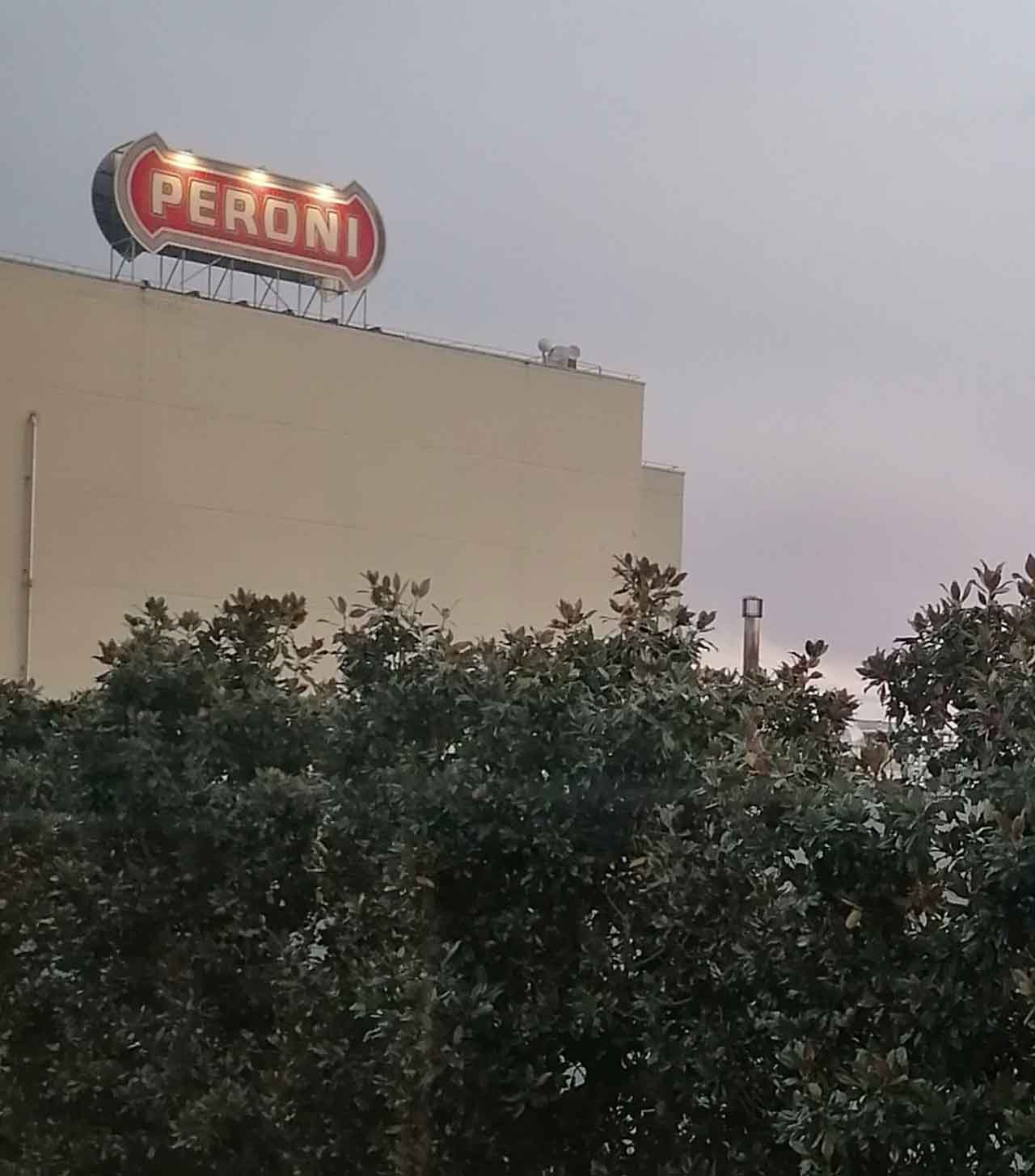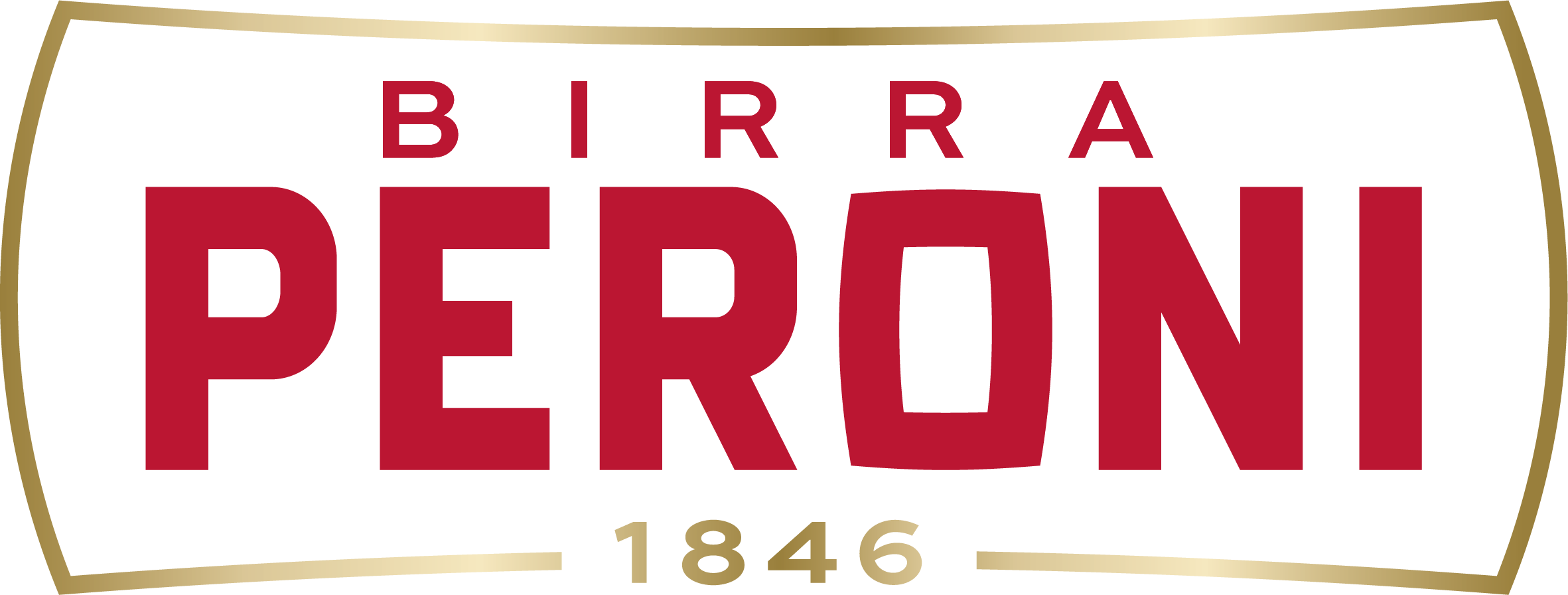The moments that made Birra Peroni a central figure in Italy’s social and cultural history
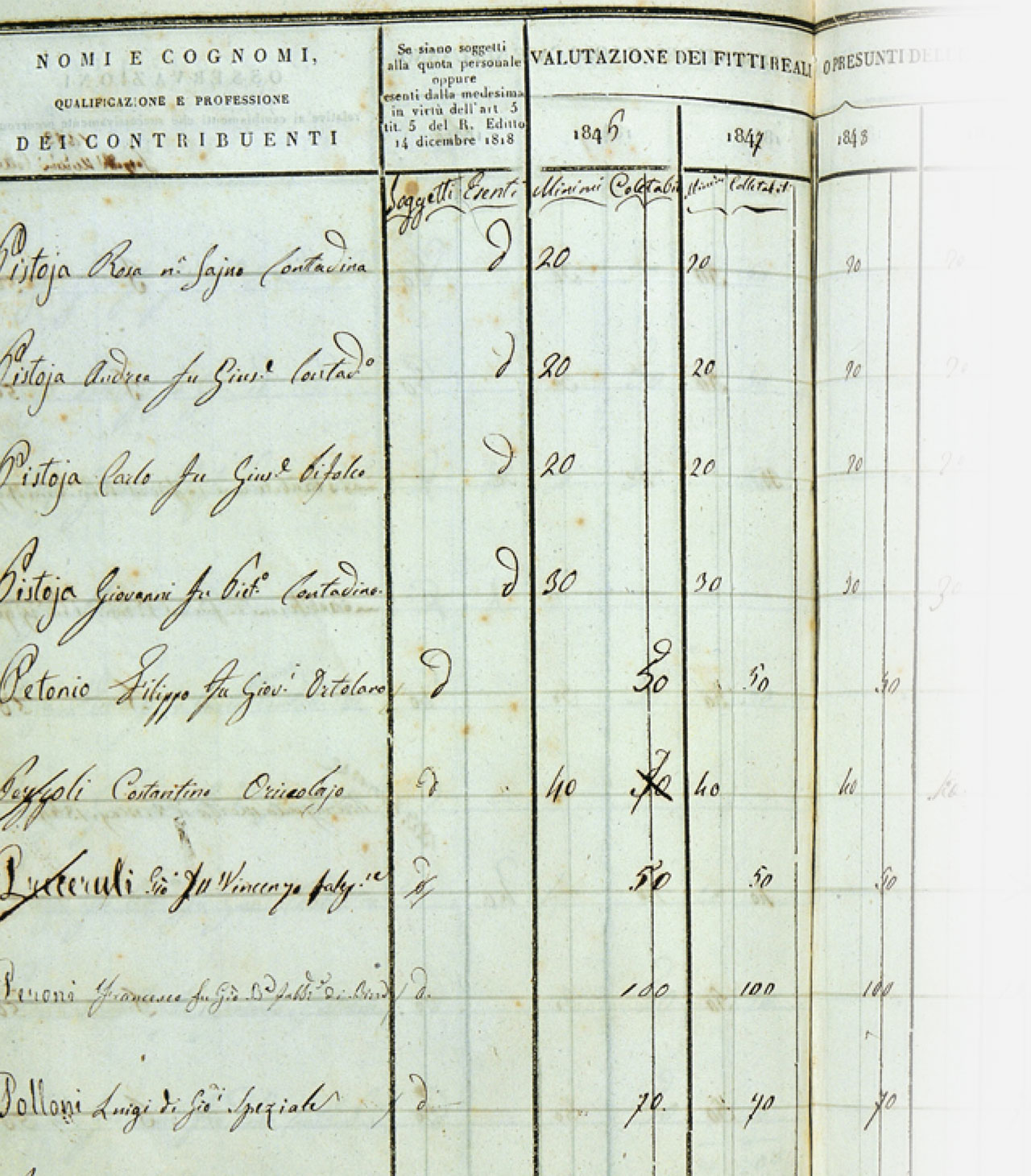
1846
Birra Peroni
is born
In 1846 Francesco Peroni starts a small brewery in Vigevano, with an adjoining pub where locals could drink.
Italy is still far from being a nation and the Risorgimento riots are in full swing.
1864
The headquarters in Rome
Francesco Peroni opens a second brewery in Rome,near Piazza di Spagna, the fashionable and elegant heart of the city. The Roman branch is entrusted to Francesco’s enthusiastic, passionate son, Giovanni Peroni.
While Rome is not yet the capital of the new Kingdom of Italy, the entrepreneur’s intuition nudged him to choose it as a springboard for his beer and a path to reaching the central Italian market.
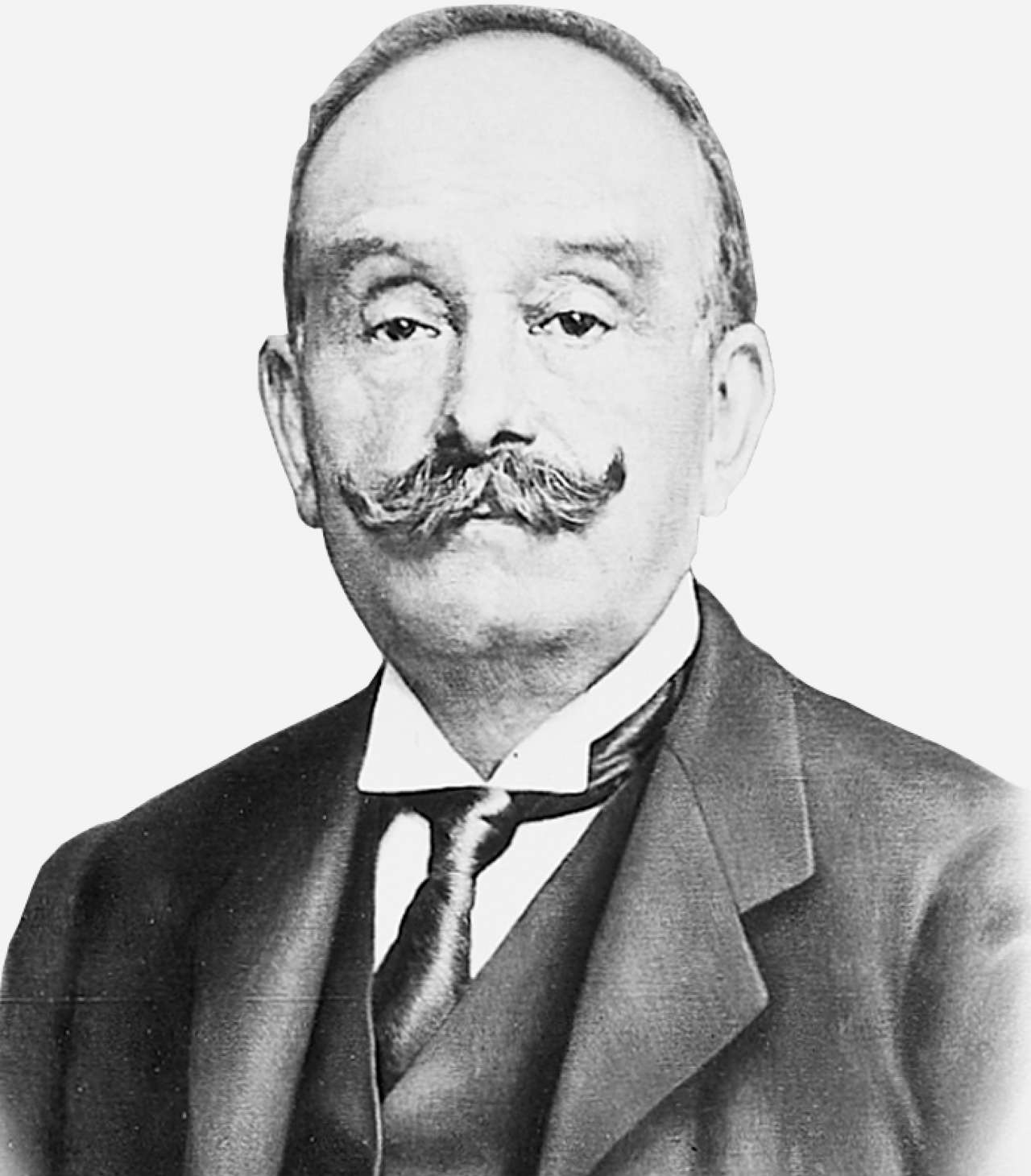
1901
Ice and beer
The Francesco Peroni firm, now rooted in Rome, takes what will be a decisive step for the development of business in central Italy: it merges with the most important ice factory in the capital.
The Società Riunite Fabbrica di Ghiaccio and Ditta Francesco Peroni, successfully combining beer and ice in a perfect example of vertical integration, is born.
1907
A new factory
The Società Anonima Birra Peroni Ghiaccio e Magazzini frigoriferi, the publicly traded company which continues to exist today, is born. This critical stage is notable for significant industrial investment in the Rome office, which creates the “Peroni citadel” near Porta Pia: a modern factory which, to this day, is central to the identity and history of Birra Peroni.
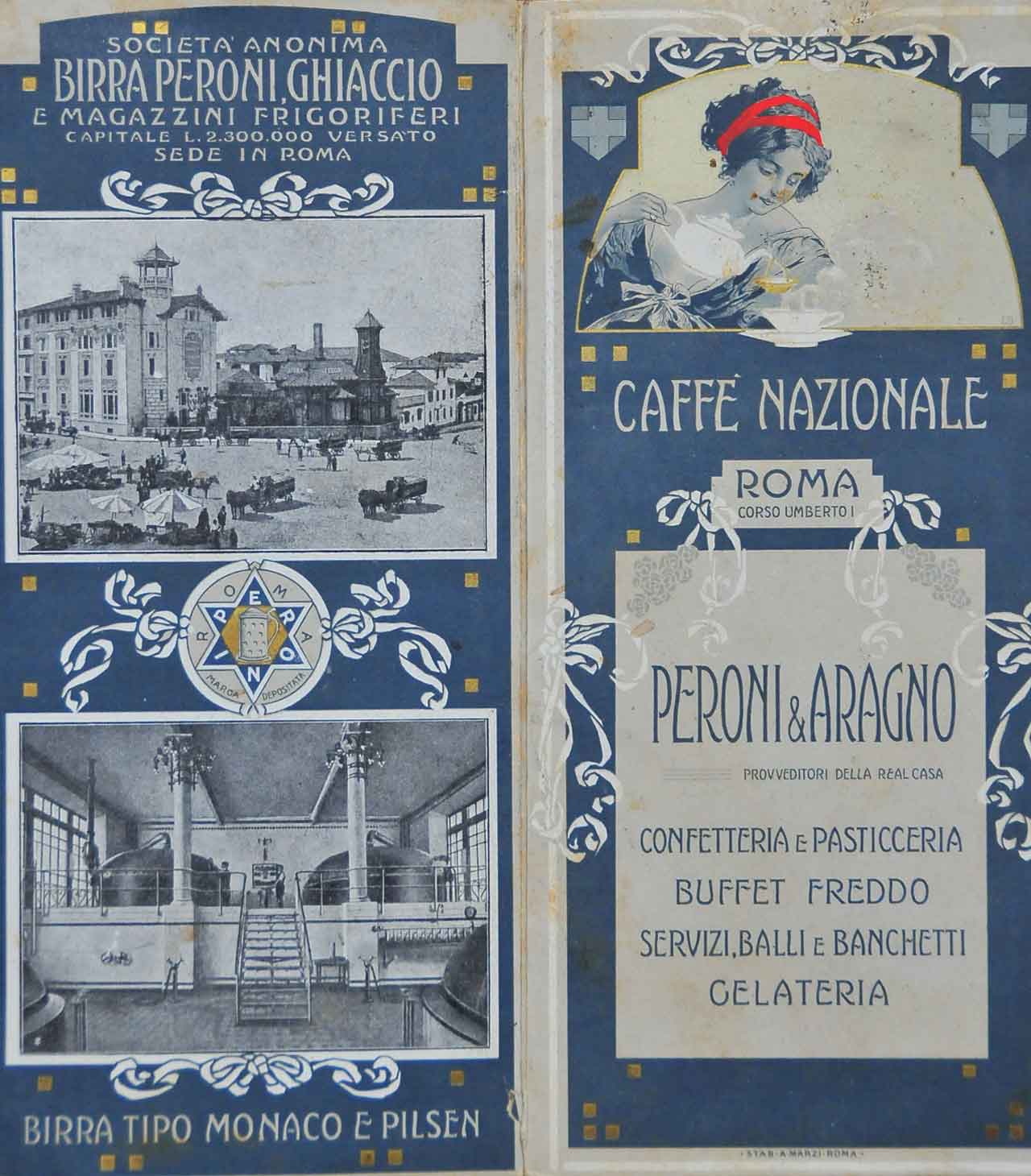
1924
Towards the South
After the merger of ice and beer, a second hunch leads the company to expand toward the market in the untouched southern regions of the Italian peninsula. It proves to be a winning choice, and the Bari factory opens in 1924.
20 - '30
Acquisitions
and innovations
Despite the economic crisis, the company’s growth continues without stopping, through the acquisition of small- and medium-sized factories:
Birra Perugia in 1926, Birrerie Meridionali di Napoli and Birra d’Abruzzo in 1929, Birra Partenope and Birra Cioci di Macerata between 1936 and 1938, and Birra Livorno in 1939.
Fruit drinks and the famous 20 cl size, the “Peroncino,” are added to the company’s product line during these years.
The Peroni brand also expands to Africa, the Peloponnese, Albania and the United States.
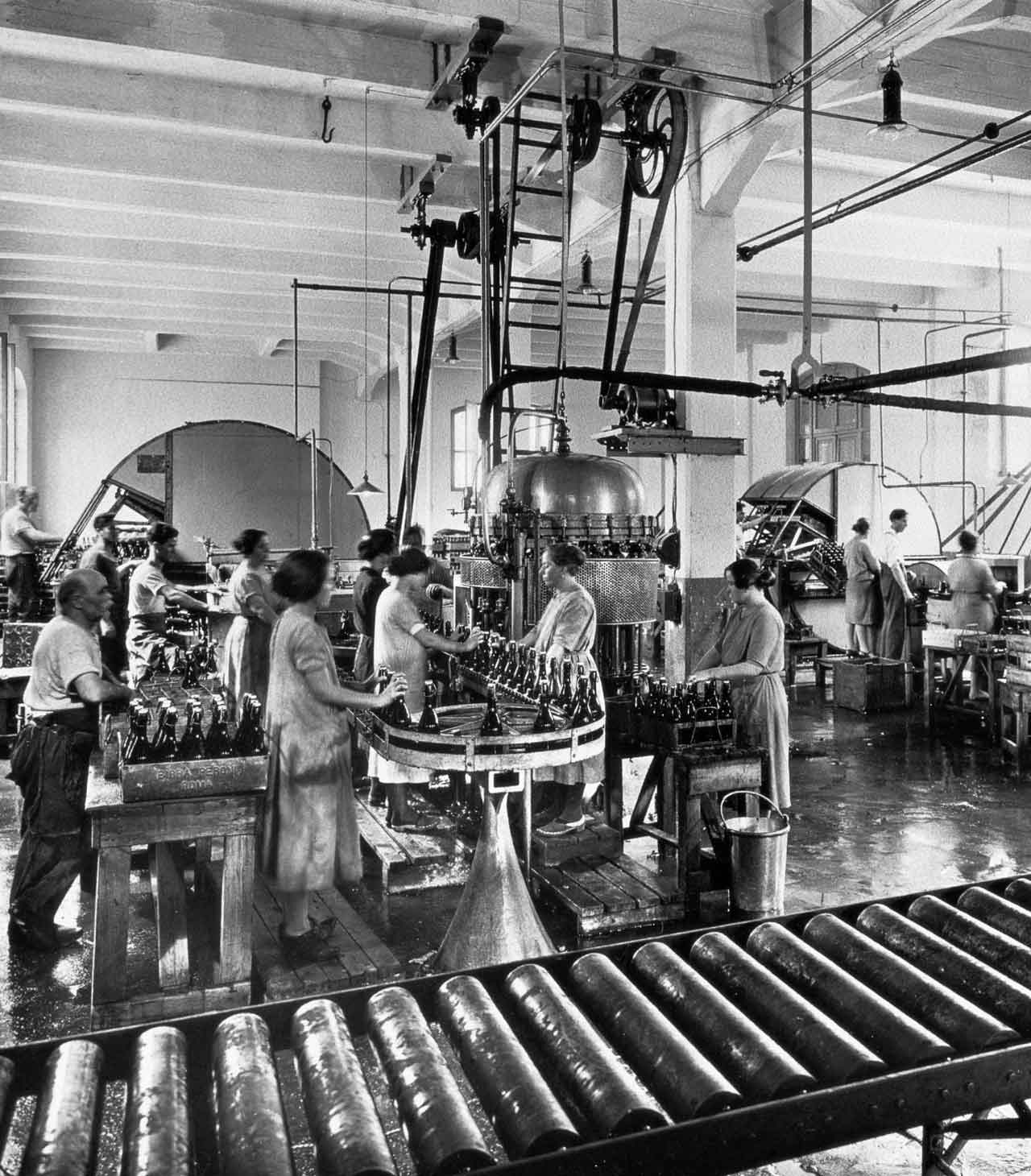
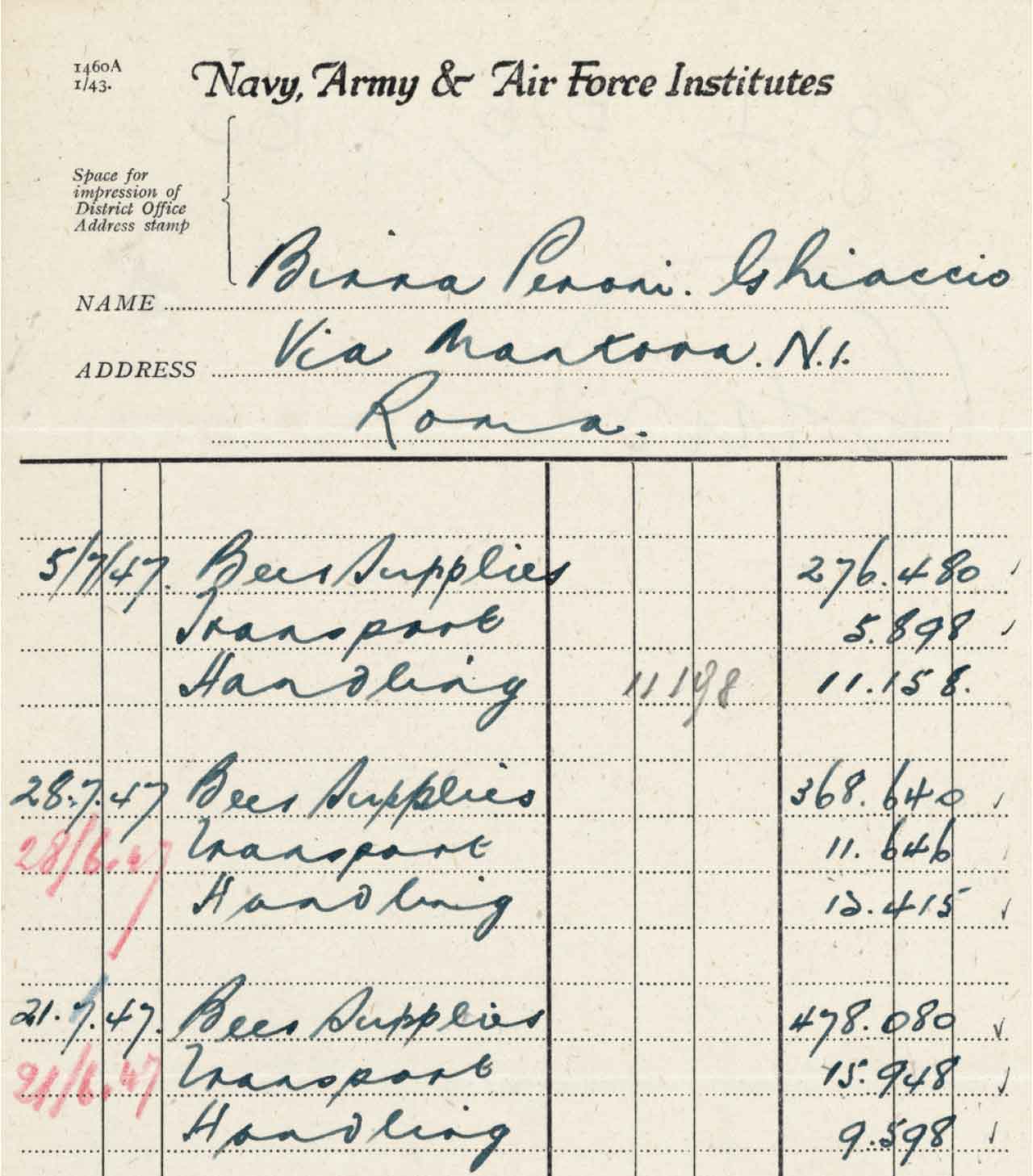
1939-1945
The war
The war halts the company’s growth, but at the same time, it provides an opportunity to test the ties between Birra Peroni and the community.
The production plants undergo German and then Allied occupation, suffering minor damage – or worse, as in the case of Livorno – and only resume normal activity in 1946.
1950
Birra Peroni and
Italy start over
At last, Italy experiences a boom in beer consumption.
Birra Peroni leads the sector’s growth, having anticipated how it will recover. Starting in the 1950s, new Birra Peroni plants in Bari, Rome and Padua are designed by an American architect, using a new model that revolutionizes logistics and organization.
At the beginning of the 1950s, the Peroni distribution network has over 400 licensees, 14 of which are equipped with bottling plants.
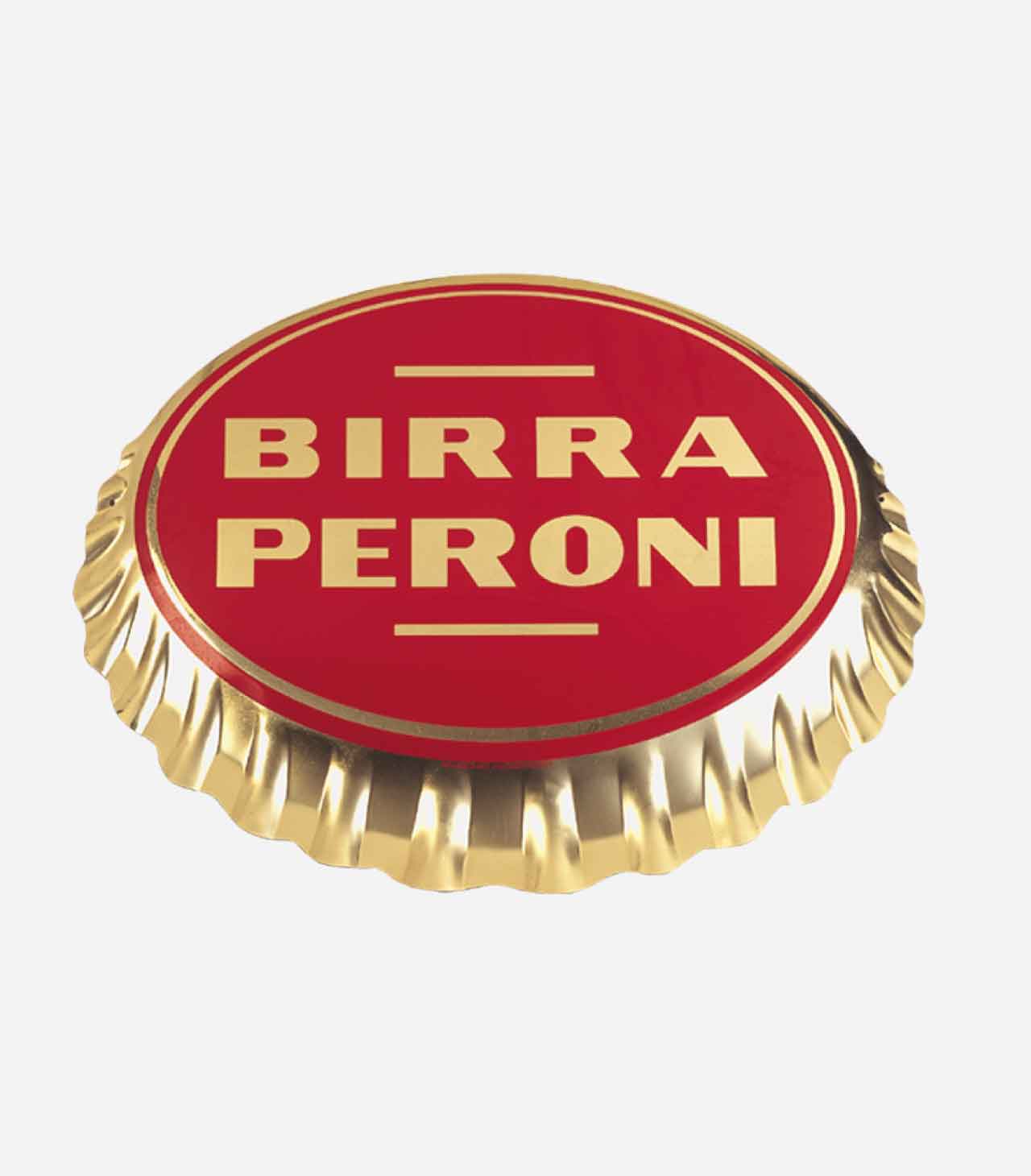
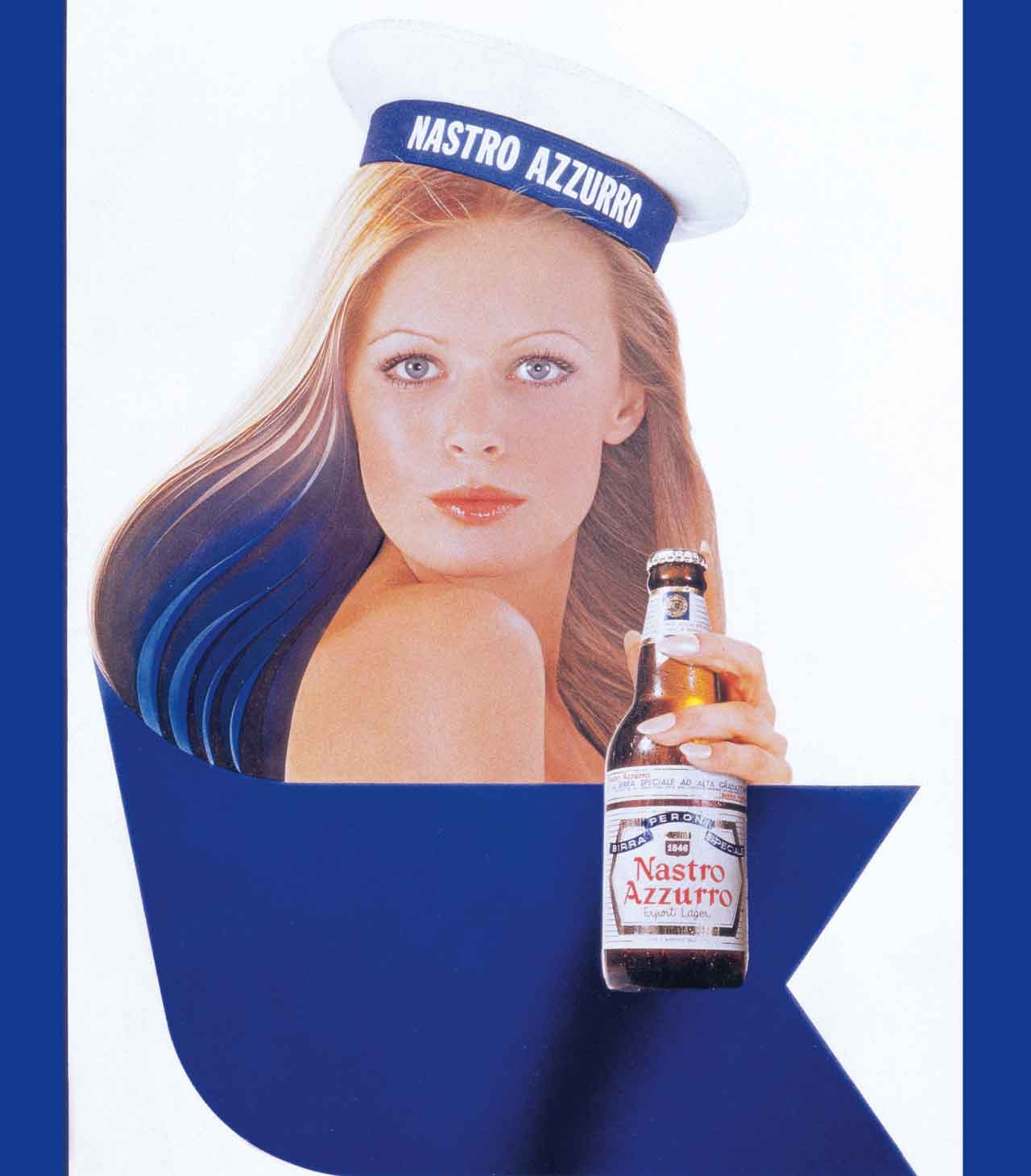
1963
Peroni Nastro Azzurro
is born
Peroni Nastro Azzurro the premium beer of “Casa Peroni,” makes its debut as a beer for consumers who prefer stronger flavors.
Peroni Nastro Azzurro—which shares its name with the award given to the fastest ship in the Atlantic crossing—signifies a close relationship with the sea, nature, and outdoor life.
At the 1965 World Beer Selection Peroni Nastro Azzurro ranks first in its category.
No small feat for a brand-new beer!
60 - '70
The national “blonde”
Birra Peroni equalizes its presence in Italy, balancing its strong foothold in the southern market by acquiring historic factories and brands of the North, among them Birra Itala Pilsen, from Padua, between 1960 and 1970, and Birra Faramia di Savigliano.
In addition to its industrial growth, the company resumes advertising, with conviction and originality. The legend of the blonde Peroni is born, as imagined by Armando Testa of the famous Caroselli agency from 1967 to 1977.
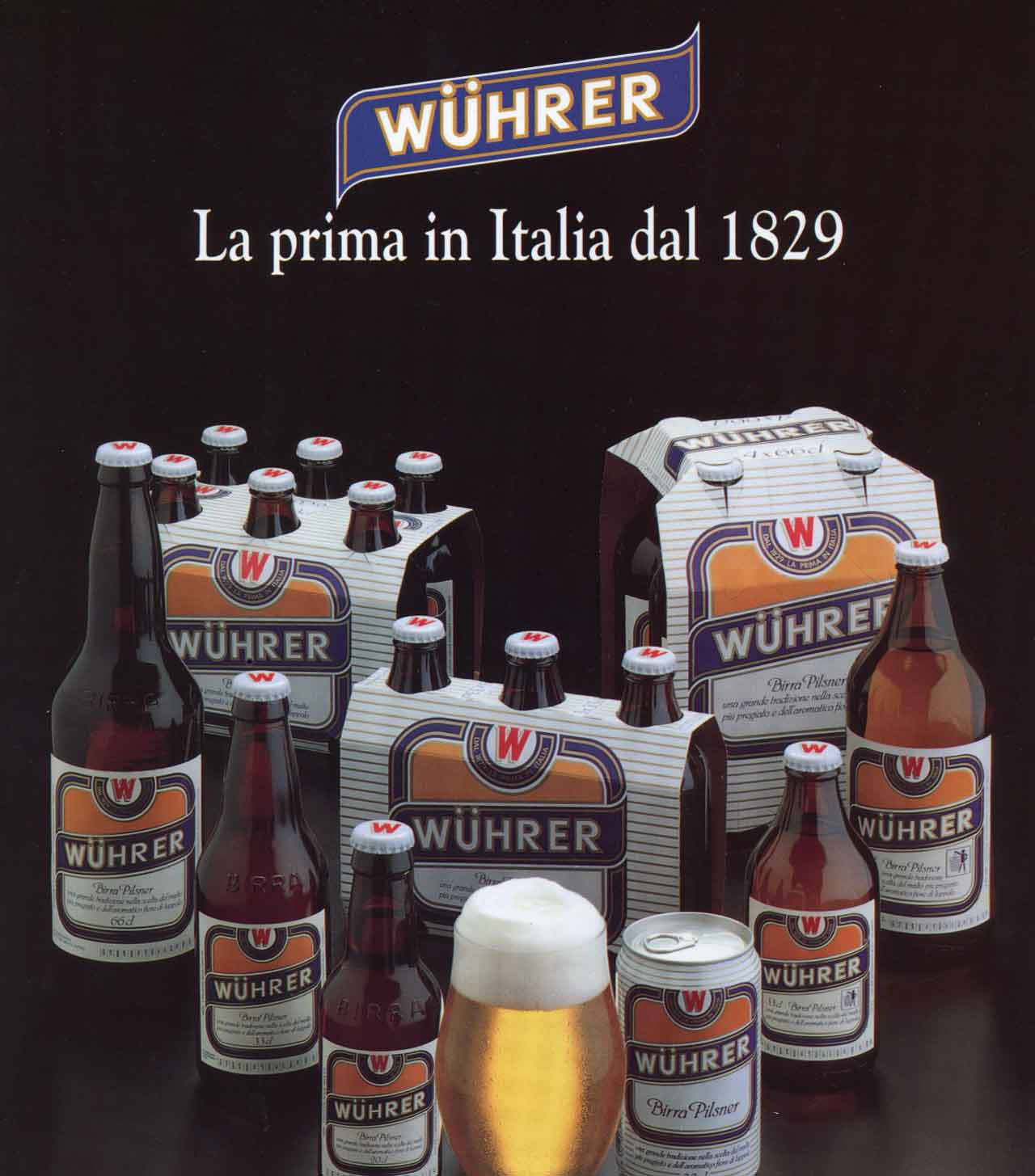
1988
Acquisition of
Birra Wührer
Another milestone on the way to Northern Italy:
Birra Wührer di Brescia, the oldest Italian brewery which was home to a historic brand, and which was previously owned by BSN Danone, is absorbed by Birra Peroni.
The French multinational’s presence in the Birra Peroni family, although it holds only a minority share, gives us insight into the global and increasingly competitive world in which the Company operates.
1990
Staying competitive
The fight against the competition continues, with increasingly precise marketing tools and a restructuring of the sales force intended to retain the traditional market and ensure modern distribution.
The Company’s production capacity is still expanding, thanks to its investments in production. Those lead to the arrival of the largest commercial cookers in Europe at its facility in Rome.
In 1996 Birra Peroni celebrates its 150th anniversary and launches a project focused on documenting its own history with a corporate monograph as well as the creation of its Historical Archive and Museum.
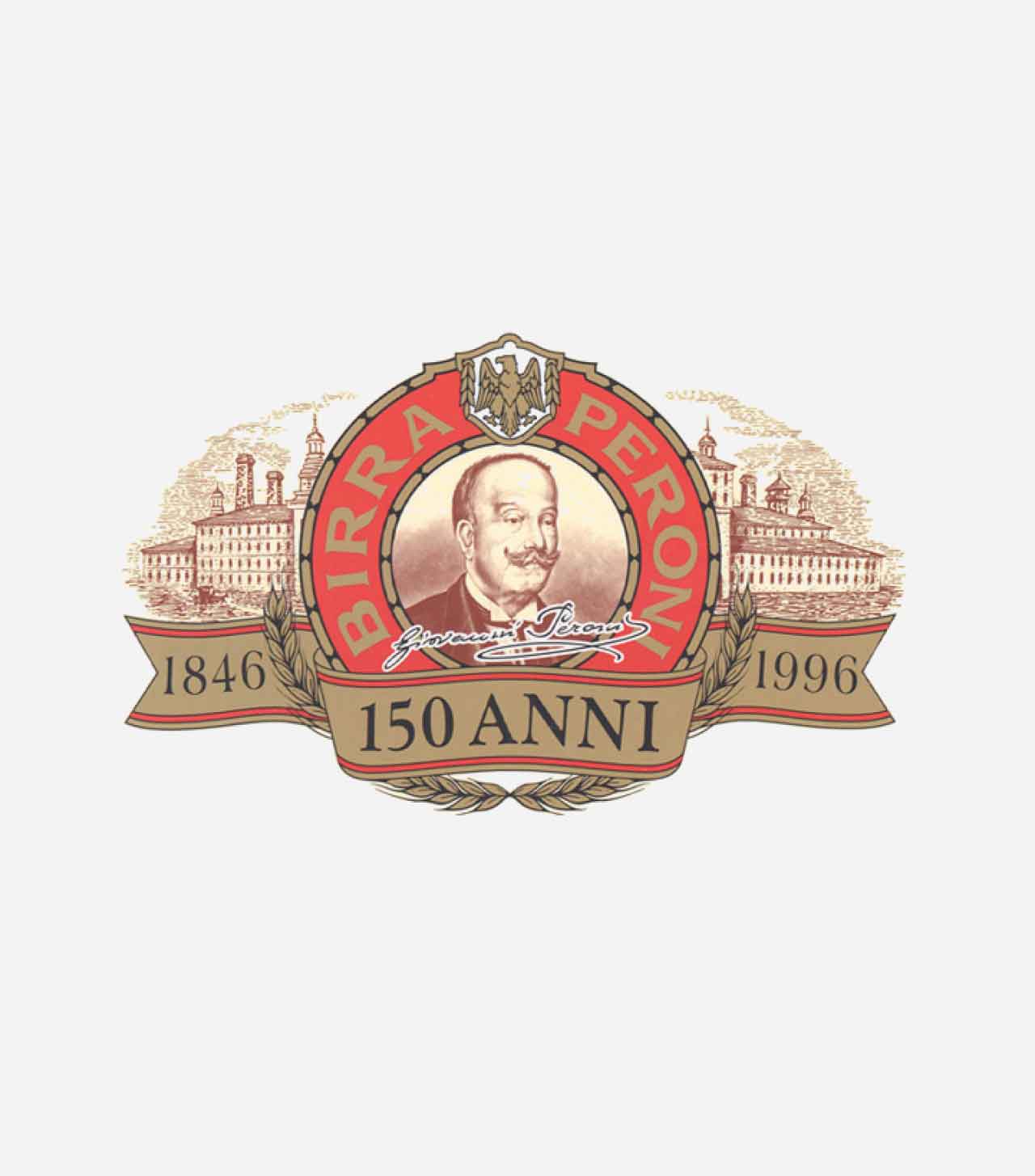
2003-2005
A globalized world
Between 2003 and 2005, Birra Peroni definitively assumes the role of global company when it becomes part of the SABMiller plc group. The group is the second-largest beer producer in the world, with sales in 750 countries on six continents.
Today
Our story continues
Peroni Beer is part of Asahi Europe & International. With its 750 employees, 3 factories—in Rome, Bari and Padua—as well as a malt house in Pomezia, over 50 brands marketed, and a supply chain of 1500 Italian farms, there are over 43,200 people in Italy employed directly or indirectly by Birra Peroni. Birra Peroni produces 6 million hectoliters annually, of which over 2.5 million are destined for export.
